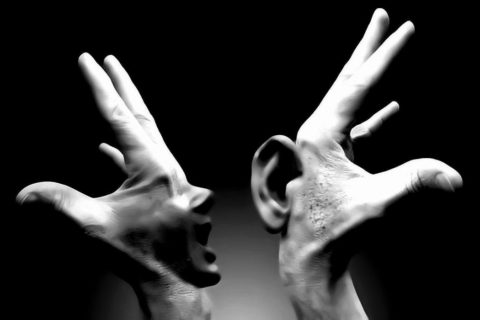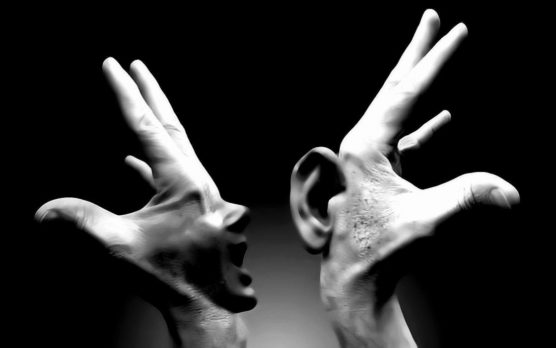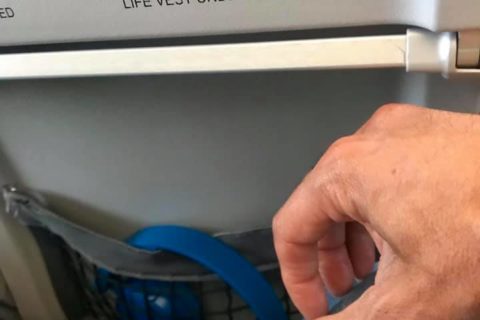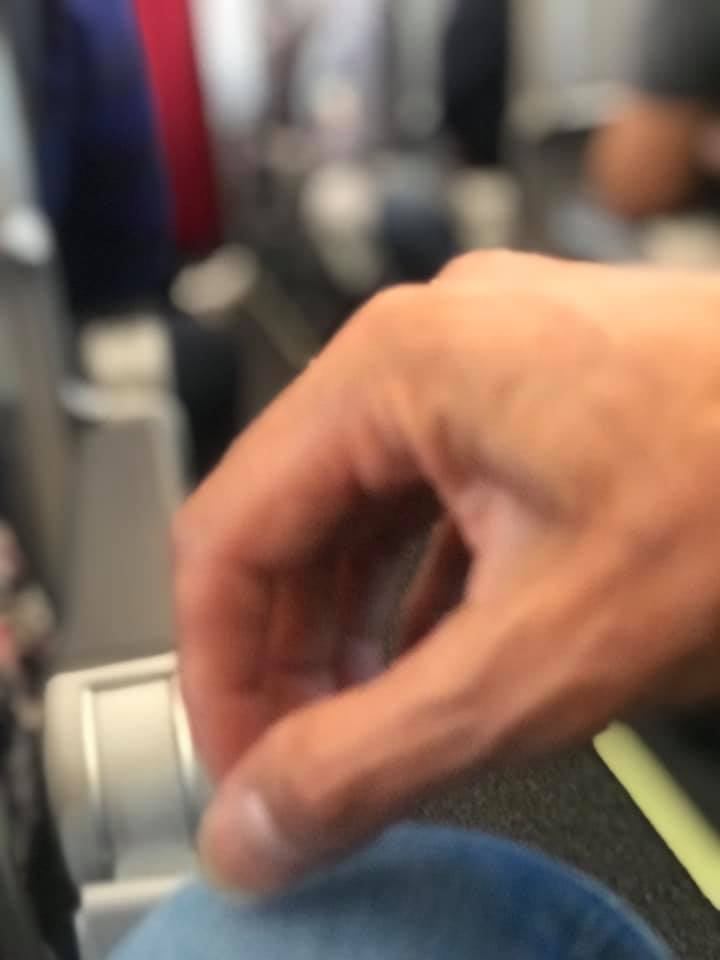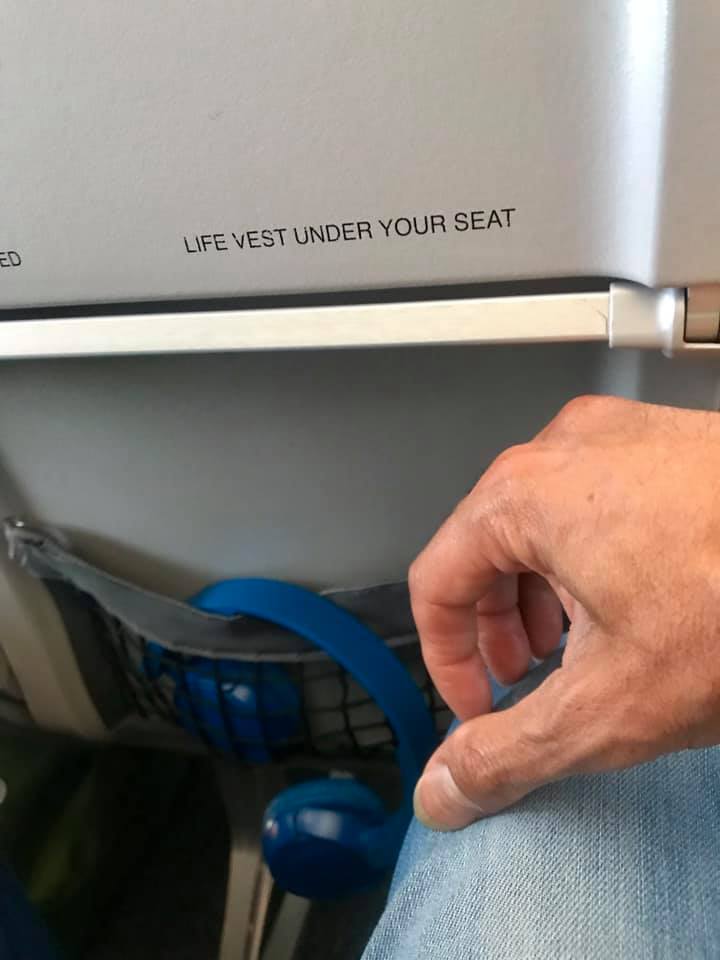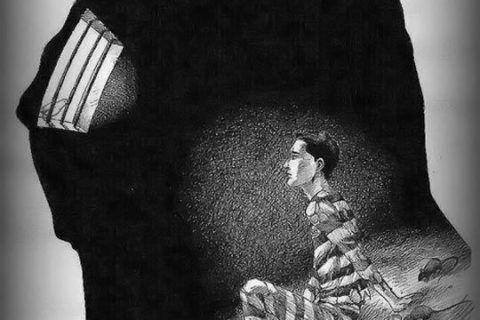
Prisoners of our own mind or prisoner of time?
Should I stop wondering how long it will take to recover from FD?
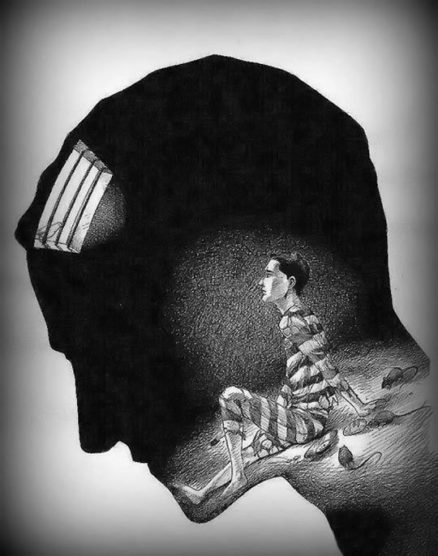
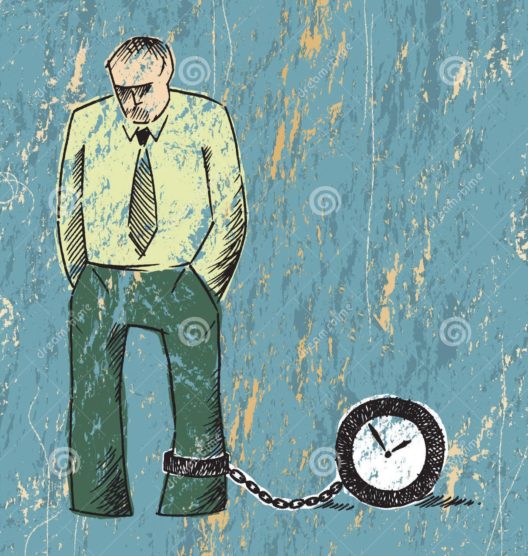
Perhaps we should ask ourselves if we have ever been aware of the toxic thoughts that have been with us tirelessly during long hours of practice on our instrument.
That little voice that resounds within us with false slogans and erroneous ideals is fueling fears and ghosts of an insatiable voracity, which can end up taking control of our minds.
Fear of making mistakes, fear of criticism, fear of failure …
Mind and time are inseparable, let’s say that one does not exist without the other.
Look at it this way, so that our mind can project its fears it needs time.
The state of psychological fear is divorced from any real and immediate danger. It is related to something that could happen, not something that is already happening.
It is evident that we cannot face something that is only a mental projection.
Therefore, we can conclude that time is an illusion, an abstraction, a product of our subjective experience. Instead of contenting ourselves with savoring The Now, that fleeting moment and only proof of our existence, we strive over and over again to project our mind into the “future.”
In this way, we become prisoners of our own mind and time and we live believing that we will be happy only when we achieve certain goals, be it material, recognition or success in our careers, etc.
This attitude, which plunges us into constant dissatisfaction and can favor the development of this movement disorder, known as focal dystonia, is the same one that keeps us in the illusion that we will only be happy when we overcome said disorder.
It is paradoxical, isn’t it?
For this reason, I always tell my students that we cannot try to get out of this condition with the same attitude that brought us to it.
We must begin to build awareness of movement and that requires a high state of presence, or what is the same, a high state of CONSCIOUSNESS.
In order to free ourselves from our mind, we must free ourselves from time and for this, we must begin to be in The Now.


